I, and many other birdwacthers, have often wondered about the whereabouts of owls during daylight hours, specifically, where do owls go during the day? So, I set out to research this question and I’m here to share my finding with you.
While there are owls hunting during the day, most of them sleep and take a rest after a night of hunting. They return to their resting place called a roost. Some owls may be roosting by themselves and some may roost communally. Roosting is also a good way for an owl to find a mate.
I know that’s not enough.
So, keep reading to learn more about:
- Where owls roost
- Different species and sleeping behaviors
- How to tell if an owl is:
- nocturnal
- diurnal
- crepuscular
- How to find owls
Roosts: Where Owls Hang Out
Where an owl will roost can vary depending on the type of owl. Specifically, some owls will roost on tree branches near their hunting grounds so they can hunt again as soon as they leave the roost. Barn owls for example have been roosting in many different types of rural buildings and tree hollows. Burrowing owls will do exactly as their name suggests.
When looking for shelter, owls will need dense mature trees with good trunks. Shaded trees during the day are best for the nocturnal owls. Nesting boxes are also good alternatives if they cannot find a suitable tree to roost in.
You can typically find that owls roost by themselves (check out our collection of live owl cams to see some roosting habits here). Although there are some species that roost together for many different reasons like:
- To keep each other warm
- To find a mate when mating season is coming
- To pass along where the good hunting spots are
- To watch for predators
Although, the woods are not the only place you can find owls. There are several species of owls that roost in urban areas. They are drawn to the city because of the endless food choices they have here. They can hunt for rats, sparrows, and other small animals they can prey on.
You’ll also find owls roosting in a nesting house made for owls. Check out our article on the best owl nesting boxes here.
They love roosting in big old trees that fill the parks and streets that are in our neighborhoods. It is not uncommon to see owls nestled up on light poles and utility poles.
However, don’t think for one second that these owls are sleeping or inactive during the day. Even when they are roosting, they are on high alert for threats surrounding them every minute. Once they sense activity approaching, it will open its eyes, turn its head, and fly away.
Are All Owls Truly Nocturnal?
The popular idiom “Night Owl” creates a lot of misconceptions about owls. Most people think, including me, think that all owls are active when the moon comes out. However, that is not the case.
There are actually 3 types of owls based on their sleeping habits:
- Nocturnal owls
- Diurnal owls
- Crepuscular owls
Nocturnal owls are the most well known. They are the ones that are most active during nighttime. They hunt and do all their daily activities at night. During the day, you can find them sleeping perched on a branch somewhere roosting.
Diurnal owls are the opposite. They are the owls that are most active during the day. They sleep and recharge their energy at night just like most animals.
Crepuscular owls are those that do most of their activities during dusk and dawn. They hunt both day and night.
While most owls are still nocturnal, there are 2 species of owls that are truly diurnal.
Northern Hawk Owls
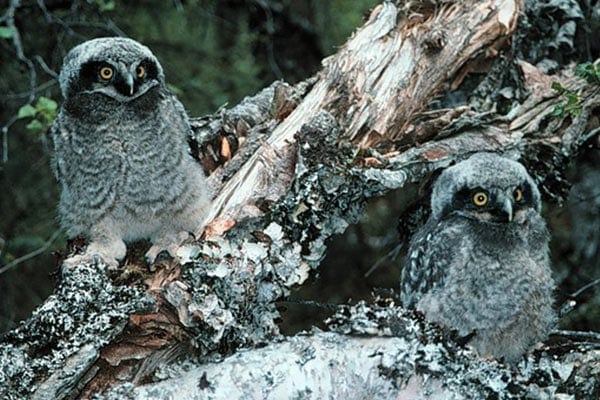
Northern hawk owls are found in the northernmost regions of North America and Asia. They have hunting skills comparable to haws and falcons. They are tenacious predators perched high in the branches waiting to catch their prey. They can also hunt in winter catching animals hidden beneath the snow. They can even catch prey mid-air if they need to.
Northern Pygmy Owls
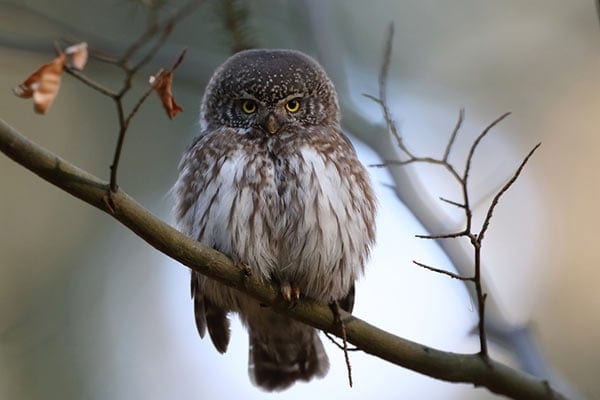
These are more commonly seen on North America’s west coast. Most seen during the day especially when the sky is overcast. They can be seen very easily bobbing their heads and flicking their tails at the very tops of trees. They too have hunting skills like a hawk and falcons. They can give the northern hawk owls a run for their money.
Some examples of crepuscular owls are:
- Snowy owls
- Short-eared owls
- Burrowing owls
- Great grey owls
- Great horned owls
However, researchers have found that 69% of owls are nocturnal, 22% are crepuscular, and only 3% are diurnal. With this information, owls are still considered nocturnal animals
How To Tell If An Owl Is Nocturnal, Diurnal, or Crepuscular?
There is one sure-fire way to find out if an owl is nocturnal, diurnal, or crepuscular. You’ll only have to look at its eyes.
Dark Eyes
Owls with dark eyes are nocturnal. They prefer hunting at night and can catch their prey in total darkness. Their eyes don’t help them see their prey, but it camouflages them in the night.
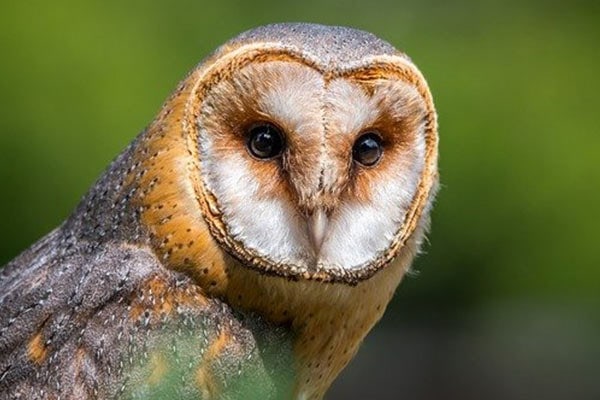
Seeing an owl with dark eyes during the day is a rare moment that must be treasured.
Some species of owls with dark eyes include:
- Barn owls
- Barred owls
- Northern spotted owls
Orange Eyes
Owls with orange eyes are crepuscular. These are the twilight owls. They prefer hunting their prey in the soft light of the morning.
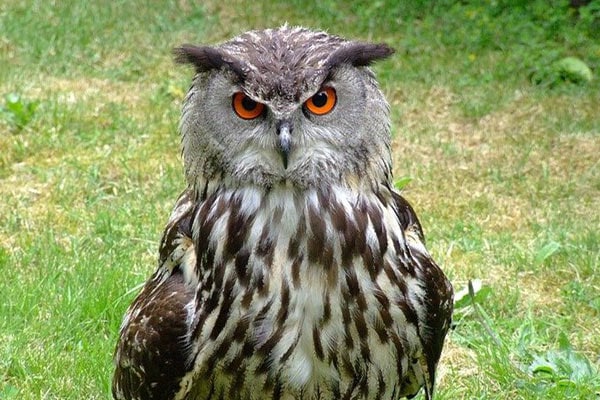
Species that have orange eyes are:
- Eurasian eagle-owls
- Great horned owls
Yellow Eyes
If you are trying to find owls during the day, then look for yellow eyes. They prefer hunting when the sun is out. They have excellent eyesight but they rely on their hearing to detect their prey beneath the snow. They are some of the most tenacious owl species.
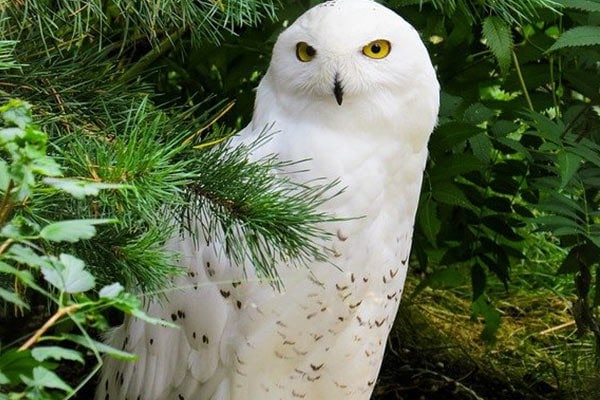
Some species of owls include:
- Burrowing owls
- Great grey owls
- Snowy owls
Tips For Finding Owls
Owls are very tricky to find. This is because they like solitude. They do not like being disturbed by the noise we humans make. So here are a few things to remember when trying to find owls:
Twilight is the best time to spot an owl. Face the sky where the sun is setting and look for the silhouette that the owl will make.
Pellets are a way to know where the owls roost. Pellets are excreted by the owls. These are the bones and tissues of the prey that their bodies cannot digest. When there are pellets on the ground, there are owls roosting.
Go where the food is. If you know where smaller species populate, more often than not, an owl is perched somewhere high up on a tree waiting to pounce.
Cemeteries are actually a good place to spot owls. They have all the necessities of the owls and are know to be frequented by them. However, remember to still respect those who are mourning in that area.
Keep practicing your night eyes. It is normal to not see owls the first time you go owling. You will get better at it the more you do it.
The post Where Do Owls Go During The Day? appeared first on BirdInformer.com.
from BirdInformer.com https://ift.tt/3bVqqQg

No comments:
Post a Comment